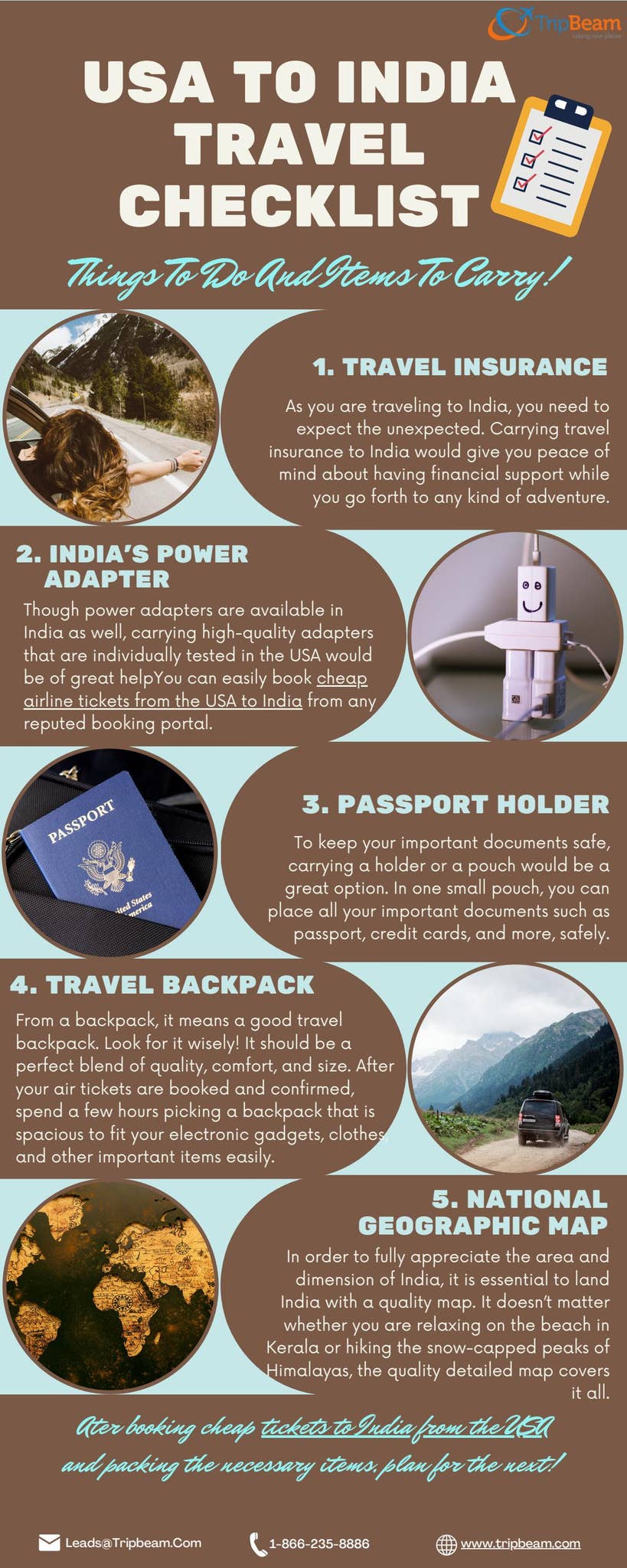
When I embarked on my initial journey around the globe, I was significantly more carefree than I am now as an older (and hopefully wiser) traveler. I embraced more risks, improvised much more, and lacked a solid safety net when I reflect back. I received vaccinations to steer clear of unpleasant tropical illnesses and took precautions against mosquito bites, but that was pretty much the extent of it.
I no longer see myself as invulnerable or exceptionally fortunate. You aren’t either, even if you’re in your 20s or 30s. I don’t believe travel is intrinsically more hazardous than staying at home: the primary causes of death are car accidents, heart disease, and cancer, after all. The dangers may be less clear and predictable, however, which is why every year travelers get injured or even perish from unforeseen circumstances.
Some of the accidents could have been easily avoided, like snapping a selfie near a perilous cliff where there’s a sign saying, “Do not pass this point.” Yet, other risks aren’t as apparent, so here’s an adventure travel planning checklist to keep in mind before you embark on that epic multi-day hiking expedition, biking adventure, or safari.
## Travel Insurance *Plus* a Means to Return Home
Regardless of your destination or activities, having travel insurance is a wise choice. In addition to the reassurance from medical coverage, it also provides compensation for canceled or delayed flights, lost baggage, and other unexpected issues that may arise. The current US administration favors the industry over consumers, meaning the situation regarding passenger rights will likely worsen. Airlines aim to offer minimal assistance when they create significant disruptions, so you better have some additional protection in your back pocket.
I maintain an annual plan from Allianz, which serves as my “set it and forget it” option; I renew it each year while hoping it remains unused. However, you can also purchase plans for individual trips, which is advisable if you’re reserving an expensive spot on an organized tour or a cruise. If something unexpected occurs and you can’t make it last minute, you’ll want the means to reclaim at least some of that investment.
This is merely the “baseline” purchase, though. If you wish to be thoroughly protected in a medical emergency, you require a medical evacuation plan. The leading option for that is [Medjet](https://www.awin1.com/awclick.php?gid=394388&mid=20001&awinaffid=411199&linkid=2713345&clickref=). They extend far beyond basic travel insurance.
Some foreign hospitals are excellent, while others are a considerable downgrade from what you might be accustomed to. If you want to avoid being stranded in a foreign hospital, you need a program that facilitates air medical transport. Most travel insurance will only take you to the “nearest acceptable facility,” but you’ll likely be obliged to remain there until treated to the “fullest extent possible.” A Medjet membership is what will transport you to a hospital back home. Here’s their assurance:
“As a Medjet Member, if you become hospitalized internationally or domestically – 150 miles or more from home – Medjet will arrange medical transportation to a home-country hospital of your choice for inpatient care. All you pay is your membership fee.” That fee can start as low as $99 and max out at $425 for a complete annual family plan covering trips up to 90 days.
They also provide memberships for expats who live abroad every day of the year, as well as memberships that include 24/7 security and crisis response benefits (if you’re traveling to a destination where you feel a bit more concerned about your safety).
[Check the rates here](https://www.awin1.com/cread.php?awinmid=20001&awinaffid=411199&ued=https%3A%2F%2Fmedjetassist.com%2Fmedjetassist).
## Vaccinations and Disease Prevention
If you’re planning to visit Patagonia like I will be soon, or going on a polar cruise in the Arctic Circle, you shouldn’t be overly concerned about the vaccinations necessary. Most medical issues that can seriously trouble you arise in tropical regions, and in some of those countries, you must have a Yellow Fever vaccine to enter. In others, you likely need to ensure that your childhood vaccinations have been updated with a booster, and you might also need another for cholera and hepatitis A or B. While the CDC remains intact enough to update its website, you can find the necessary international vaccine [information here](https://wwwnc.cdc.gov/travel/page/travel-vaccines).
This is a key